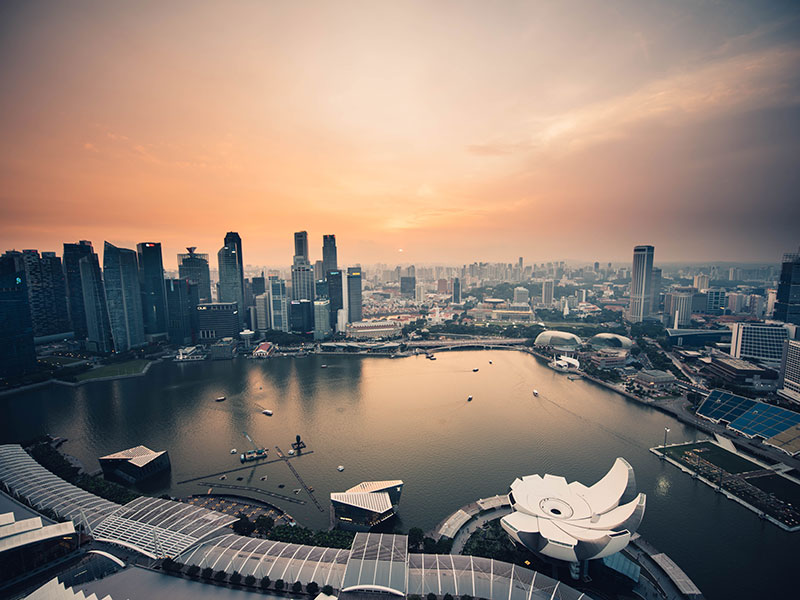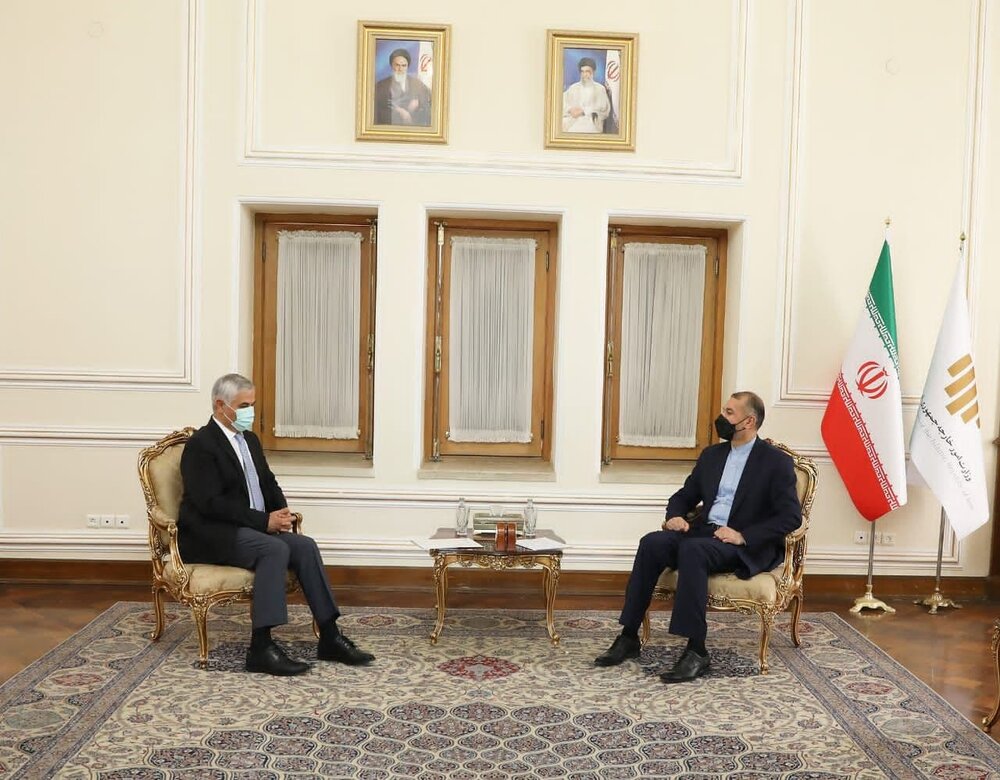 This post is part of a blog series that we hope will provide some food for thought on the critical questions outlined in the report on social safety nets.
This post is part of a blog series that we hope will provide some food for thought on the critical questions outlined in the report on social safety nets.
Governments in the Arab world have historically relied on subsidies to lower the cost of fuel and food as the principal means for protecting the poor and sharing wealth. Or so they claim. The fundamental problem with subsidies is that they benefit the rich far more than the poor. They are as expensive as they are inefficient, failing to deliver any economic or social value equal to the money spent on them. Subsidies also have negative side effects, distorting consumption and economic activity in unproductive ways. A number of international examples have shown that there are far more effective and less expensive methods for protecting the poor. It is why many countries around the world have abolished subsidies in favor of more efficient instruments, such as targeted cash transfers, and improved social service delivery.
Governments are well aware that subsidies consume an unjustifiably high share of public finances.The region has the highest levels of subsidies in the world, representing on average a full 5.8 percent of Gross Domestic Product.The bulk of this spending goes towards fuel subsidies, which have the most unequal impact of them all, with the rich reaping the vast majority of its benefits. Governments are also aware that there are fairer, more efficient and less costly ways of protecting the poor and contributing to economic, human and social development. Furthermore, they are aware of how reforms can be implemented. There are a number of examples of how the many challenges of the reform process can be managed from countries as diverse as Iran, Indonesia and Brazil.
Why then has a comprehensive reform of the various subsidy systems not yet taken place across the region?
Some governments have made attempts at reform but have struggled to communicate the downside of subsidies and have not, on the whole, presented a convincing case that they can and should be replaced by more effective programs. There was the additional challenge of gaining the trust of citizens that the resources saved from subsidy reform would indeed be redirected toward the poor. These reform efforts also tended to be launched during particularly difficult economic times, when the public was especially sensitive to any type of price increase. Without a sense of the broader economic and policy context of reforms, citizens were naturally suspicious of price increases associated with the removal of subsidies. This was especially the case in circumstances where there was no evidence of any expansion of social safety nets to compensate for the effect of higher prices.
Each subsidy comes with its own very specific reform challenges. This is particularly true of those related to natural resources, which run up against the perception that they are entitlements no one should pay for. It reflects how an Egyptian farmer of modest means might feel about paying for water from the Nile.Or the prevailing view in the oil rich Gulf countries, where gasoline is heavily subsidized.
Perhaps most importantly, though, the wealthier segments of society, who reap the greatest benefits from subsidies, have stood against reform processes. With certain social advantages, such as better access to the media, the rich and the middle class have dominated the debate on subsidies in the region.
REFORM CAN BE DONE, IT MUST BE DONE AND THIS IS HOW IT CAN BE ACHIEVED
Given the many challenges, is there any hope for subsidy reform? There certainly is. Reforms can be implemented inthe Arab world as they have successfully in other parts of the world. The region is readier for it now than ever. It is a time of profound change and there are a number of good practices which can serve as guides, and many governments have few other options for managing their tight fiscal pressures in the current, global financial situation. Reform is never an easy process, but for it to happen peacefully and successfully there are a few things the governments need to do:
- Prior to reducing subsidies, governments will need to gain the trust of citizens that the alternative Social Safety Net programs will work. In order to build this trust it will be crucial to showcase the effectiveness of these alternative mechanisms in protecting the poor.
- It will also be necessary to compensate the middle class and ensure their support throughout the reform process.
- Related to the ”showcasing,” it will be important to launch a solid communication campaign to inform citizens of why reforms are needed, what they will entail and how they will play out.
- A gradual approach should be adopted, focusing on the most regressive subsidies first (such as gasoline subsidies which consume the majority of the fiscal resources and almost entirely accrue to the higher-income groups) while leaving less regressive subsidies (such as food subsidies) for later.
It will never be as easy and straight forward as sitting in the Prime Minister or President's office and signing a decree for subsidy reform. But the pain of the reform process is manageable, and the results are well worth the effort. These are indeed the reforms that Arab countries can least afford to overlook during this era of change. They are essential to ensure fiscal stability and improve the return on the investment of precious public resources. It must happen today rather than tomorrow in order tofulfill popular aspirations for greater social and economic inclusion.
Source:worldbank































